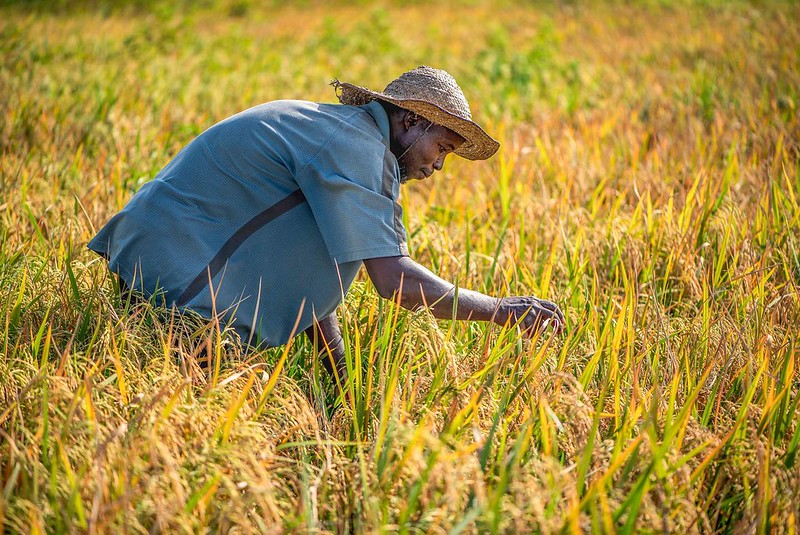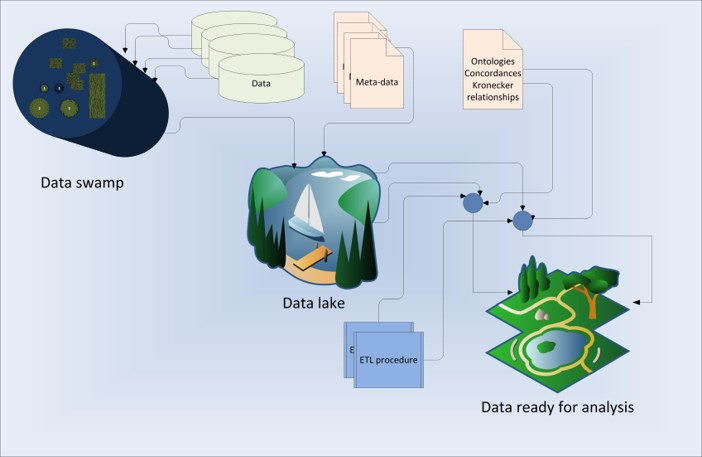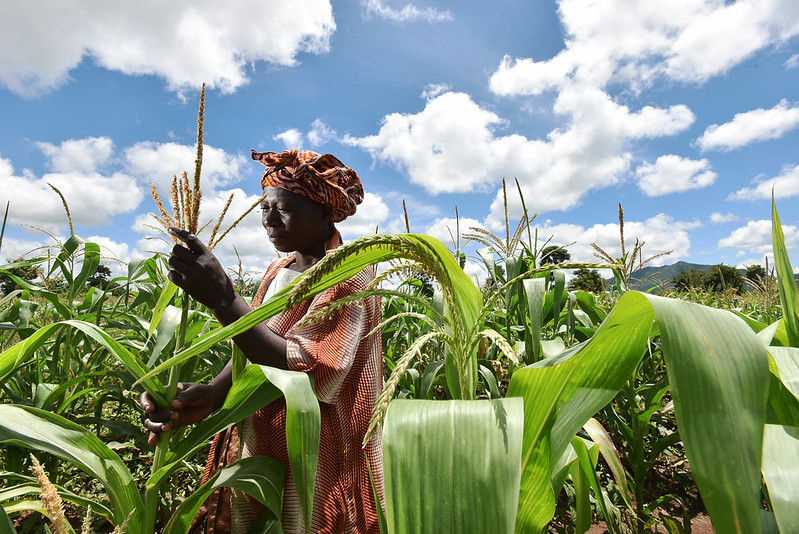Latest Posts
Modeling impacts of faster productivity growth to inform the CGIAR initiative on Crops to End Hunger
In 2017–2018, a group of international development funding agencies launched the Crops to End Hunger initiative to modernize public plant breeding in lower-income countries. To inform that initiative, USAID asked the International Food Policy Research Institute and the United States Department of Agriculture’s Economic Research Service to estimate the impacts…
Climate Change and hunger: Estimating costs of adaptation in the agrifood system
Future carbon emissions from global mangrove forest loss
Mangroves have among the highest carbon densities of any tropical forest. These ‘blue carbon’ ecosystems can store large amounts of carbon for long periods, and their protection reduces greenhouse gas emissions and supports climate change mitigation. Incorporating mangroves into Nationally Determined Contributions to the Paris Agreement and their valuation on…



